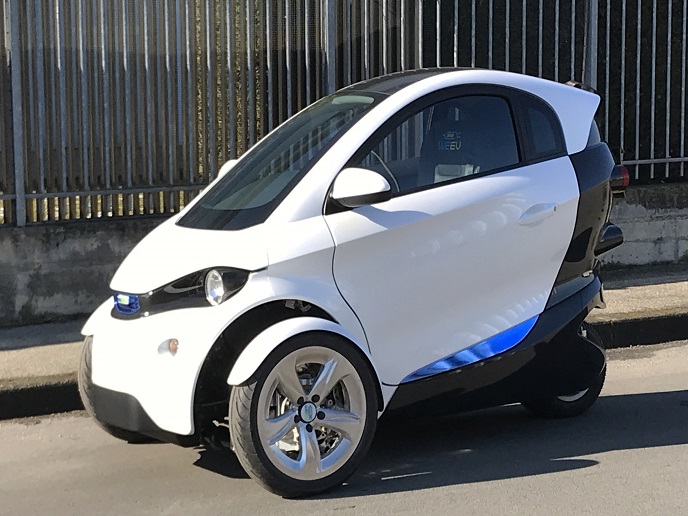Improved tools offer drivers actionable insight on how to reduce their own emissions
Road traffic is the source of a number of different emissions including carbon dioxide, nitrogen oxides, particulate matter and carbon monoxide via exhaust gases. Air pollution from transport has decreased in the past few years following the introduction of Real Driving Emissions(opens in new window) tests, the shift to electric vehicles and the use of other clean technologies. However, many people are still exposed to excessive air pollution, from the current fleet with vehicles up to 20 years old or more. The total decarbonisation of light-duty vehicles with internal combustion engines will take many years owing to the remaining lifespan of these vehicles sold until 2030. The EU-funded uCARe(opens in new window) project was established to reduce the overall pollutant emissions of existing combustion engine vehicles by providing drivers with simple and effective tools to decrease their individual emissions. It also supported stakeholders with an interest in local air quality in selecting feasible intervention strategies that lead to the desired user behaviour. “Our goal was to offer objective, appealing and personalised advice to car owners and users on how to reduce emissions and make them aware of how their driving behaviour could improve air quality,” notes project coordinator Norbert Ligterink.
Augmented emission maps revolutionising driving experience
Project partners conducted extensive research on how emissions relate to driving behaviour. They categorised vehicles in a straightforward way and created special emission maps by accurately measuring pollutant emissions in different settings. The maps allow real-time emissions monitoring for the most common European cars, offering basic reports of total emissions during journeys to personalised advice to improve driving habits. “Our intention was to address both the vehicle usage and the driver’s mindset as accurately as possible. Providing reports on average driver behaviour and the vehicles of a certain emission class has been outside the scope of project partners who have hitherto focused on analysing fleet-wide emissions at a national scale,” remarks Ligterink. “In certain cases, lack of data supporting the link between the driver and a specific vehicle forced us to resort to more generic approaches. However, the data and tools provided by uCARe provide a basis for continual investigation and the provision of more specific fact-based approaches and advice.”
Ways to be a greener driver and reduce emissions
uCARe has published educational material informing drivers on how they can change their driving style(opens in new window) to reduce emissions. Instructional videos and how-to-guides outlining small-scale tests that can be performed by users at home were also released. Examples include a tissue test for soot emitted by diesel vehicles or the use of a simple household smoke detector to test particulate matter emissions.
Accelerating change with data-driven decisions
“My personal commitment to the project was to validate emission models commonly used for air quality and emission inventories. State-of-the-art research in the field relies too heavily on laboratory tests, models and assumptions that cannot decouple the different factors accounting for the emissions released by vehicles. Hopefully, the data-driven approach embraced by uCARe takes us a step away from ‘expert models’ to ‘data models’. Eventually, big (uncontrolled) data has to be understood to draw meaningful conclusions, without modelling bias,” concludes Ligterink.







